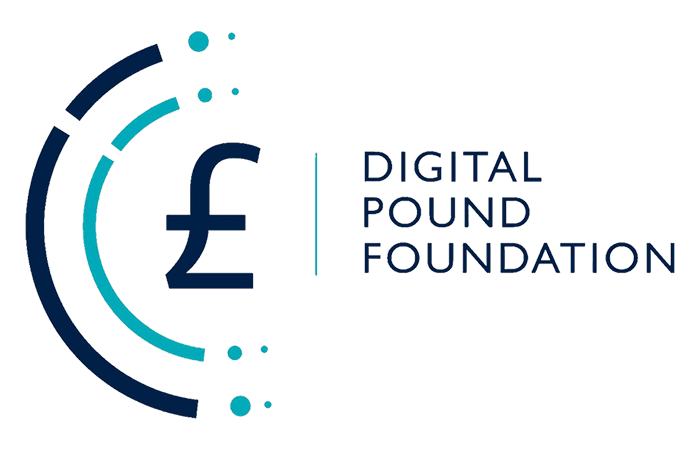Source: Quant
Banks around the world – including some well-known global brands – have begun issuing their own digital currency known as commercial stablecoins. In part II of our use case, we consider some of the risks involved and outline a longer-term vision.
Understand the risks
As we outlined in part I, there are plenty of benefits and efficiency gains for wholesale banks to consider. But there are regulatory costs too, especially for global banks. Keeping on top of the regulatory requirements to operate stablecoins in different jurisdictions will require significant planning to avoid potential sanctions, in the event that something were to fail, perhaps due to a technical glitch on the blockchain.
“Having a stablecoin that settles 24/7 instantly across borders would be a step ahead,” says Teunis Brosens, Head Economist for Digital Finance and Regulation at ING. “The trouble is that, in a cross-border context, you need to have a lot of parties at the table that all need to agree, including the central banks. Any bank-regulated stablecoin needs to be recognised as ‘risk free’ by the regulators, the supervisory community, the central bank authorities etc., and that makes this a very complicated process.”
Aside from regulations, the operational challenge of running a stablecoin infrastructure presents a host of operational risks that need to be managed. As Deloitte’s So, you want to be a stablecoin issuer? paper points out, any bank considering stablecoin issuance will be required to implement and monitor a robust risk management and compliance framework. As part of their risk assessment, banks are advised to focus on a number of business risks in order to determine how their organisational infrastructure – tech, compliance, accounting etc. – stacks up, prior to developing a proof of concept.
Deloitte identifies these risks as being:
- Compliance (i.e. AML, combating financing of terrorism)
- Cyber
- Operational (treasury & cash management, custody of digital assets)
- Blockchain (i.e. staking and risk of loss)
- Regulatory
- Control environment (i.e. accounting and tax treatment)
Scenario analysis to understand how and what the bank would do in the event of a custody failure, for example, or a hostile cyber attack, is considered advisable to banks as they develop a roadmap.
“If you’re using public networks to transfer money, then you’re open to nefarious actors trying to exploit that so it will require a new way to look at cyber risk,” states Ian Taylor is head of digital assets at KPMG.
At a broader, conceptual level, banks must also consider how stablecoin adoption could affect their funding models, the price of blockchain compared to non-blockchain products, how easy their customers understand such products and why they should use them. Such factors will go some way towards determining how successful the adoption rate ultimately becomes.
Big vision: What lies ahead?
In the Eurozone, crypto investors may want to use a Euro stablecoin for improved payment services. While from a retail perspective, stablecoin issuance – for use solely among a bank’s customers like JP Morgan is doing on the wholesale side with its coin – could improve the chances for banks to attract a younger generation of savers, by offering attractive yields (i.e. savings rates).
Near-term, the biggest opportunities for banks lie in the wholesale space.
“It could mean more diversified sources of funding being available to SMEs. In time, we’ll be talking about an equivalent stablecoin to USDC or Tether here in Europe,” says Brosens.
It’s too early to tell whether banks will decide to build private blockchains like JP Morgan’s Onyx model. Why reinvent the wheel when there are already public blockchain settlement models like USDC and Tether? KPMG’s Taylor expects these open source models to be the most likely route for banks to explore:
“We’ve seen the likes of Facebook build their own applications on top of the internet’s open source infrastructure that allow you to transfer value over networks. This has incentivised people to stay on their platform. But that generally goes against the ethos of blockchain, (which is all about decentralisation).“I suspect that it will mean that the banks use open, interconnected networks as opposed to building their own private stablecoin networks.”
This is the second in a two-part series of articles on stablecoin issuance.
























































